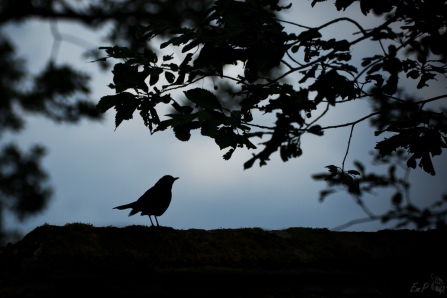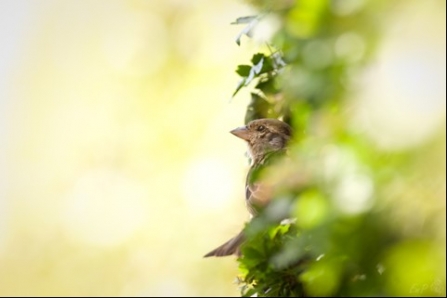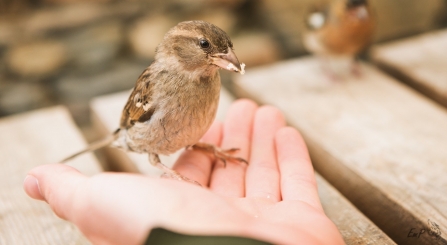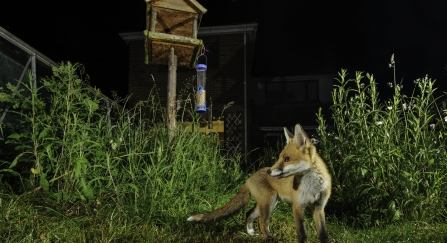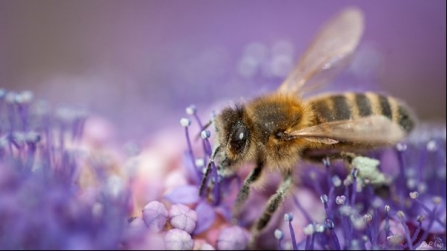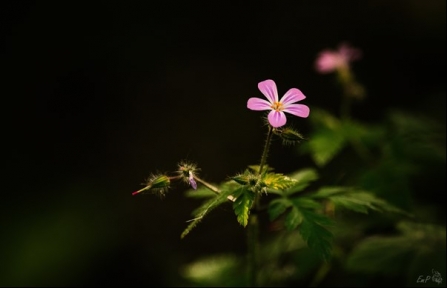Garden photography has advantages over visiting far-flung lands and trying to see exotic species. The first is just that, it isn’t a far-flung land with exotic species that takes days and large sums of money to reach. You often see the animals and plants that visit or inhabit your garden regularly, every day even. If you don’t quite get the image right first time, it doesn’t matter as you can simply nip back outside when you’ve got a spare moment. Contrast that with a Jaguar emerging onto a river bank in the Amazon, you’re unlikely to get a second chance! Practicing your photography in the garden will set you in good stead for when you do find yourself presented with those once-in-a-lifetime opportunities. You also get to enjoy the British weather and eat ice creams in between photography sessions, a luxury you might not get in the depths of a jungle!
So now I have given you a few reasons to try garden photography, let me give you a few tips and ideas of what you can do in your garden. This blog won’t go into in-depth information about specific techniques, there is plenty of books and online sources for you to research, but it will give you some pointers to get started.

